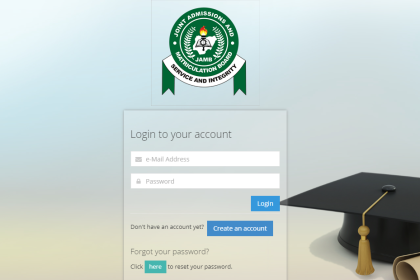
Are you ready to start your very own website? WordPress is a wonderful platform to start with, whether you’re developing a personal blog, an online portfolio, or an e-commerce site. In this beginner’s tutorial, we’ll lead you through the fundamental stages to set up a WordPress website, along with some important tips and techniques to make the process simple and successful.
Choosing Your Domain and Hosting
The first step in constructing your WordPress website is picking a domain name and a hosting provider. Your domain name should be related to your content and business, and ideally, it should be simple to remember. Once you’ve picked a domain, find a dependable hosting service that provides outstanding performance, uptime, and customer assistance. Some prominent hosting services are Bluehost, SiteGround, and HostGator.
Installing WordPress
Most hosting companies provide a one-click installation for WordPress, which makes the setup procedure relatively straightforward. After buying your hosting package, you’ll normally discover a control panel or dashboard where you can install WordPress with only a few clicks. Once installed, you may access your WordPress admin dashboard.
Customizing Your Website
Now that WordPress is up and running, it’s time to personalize your website. Start by picking an appropriate theme that suits your website’s purpose and appearance. You may discover a large choice of free and paid themes in the WordPress theme library or from third-party sources. Install and activate your selected theme.
Adding Essential Plugins
WordPress provides a wealth of plugins to enhance the functionality of your website. Some key plugins you should consider include:
Yoast SEO: A powerful tool to boost your website’s search engine optimization (SEO).
Akismet: Protects your website against spam comments.
UpdraftPlus: A backup plugin to keep your site’s data secure.
W3 Total Cache: Improves website speed through caching.
Creating and Organizing Content
With your website set up and basic customisation complete, it’s time to start adding content. Create crucial pages like “About,” “Contact,” and “Services.” To publish a blog or articles, head to the “Posts” section and click “Add New.” Here, you may compose, format, and publish your material. Don’t forget to incorporate relevant keywords in your content to increase SEO and make your website more discoverable.
Optimizing for SEO
Search engine optimization is vital for attracting organic traffic to your website. Ensure your website is optimized for SEO by utilizing the Yoast SEO plugin discussed before. This plugin helps you optimize individual pages and posts for particular keywords, gives readability analysis, and creates XML sitemaps, which are required for search engines to crawl your site.
Engaging Your Audience
To engage your readers, try allowing comments on your blog postings. Respond swiftly to comments and communicate with your readers. Additionally, incorporate social media sharing buttons on your website to make it simple for people to share your material. Social networking may be a strong tool for increasing visitors and growing your online presence.
Regular Updates and Maintenance
A successful website is a continuous endeavor. Regularly update your WordPress core, themes, and plugins to guarantee security and functionality. Back up your website often to secure your material. Cleaning up your database and deleting unwanted plugins and themes may help enhance website speed.
Conclusion
Setting up a WordPress website can be an easy and rewarding process, even for novices. By selecting the correct domain and hosting, designing your website, adding crucial plugins, providing high-quality content, and optimizing for SEO, you’ll be well on your way to having a strong online presence. Engage with your audience, keep your site updated, and watch your website flourish. Start your adventure now and bring your online vision to life using WordPress!









